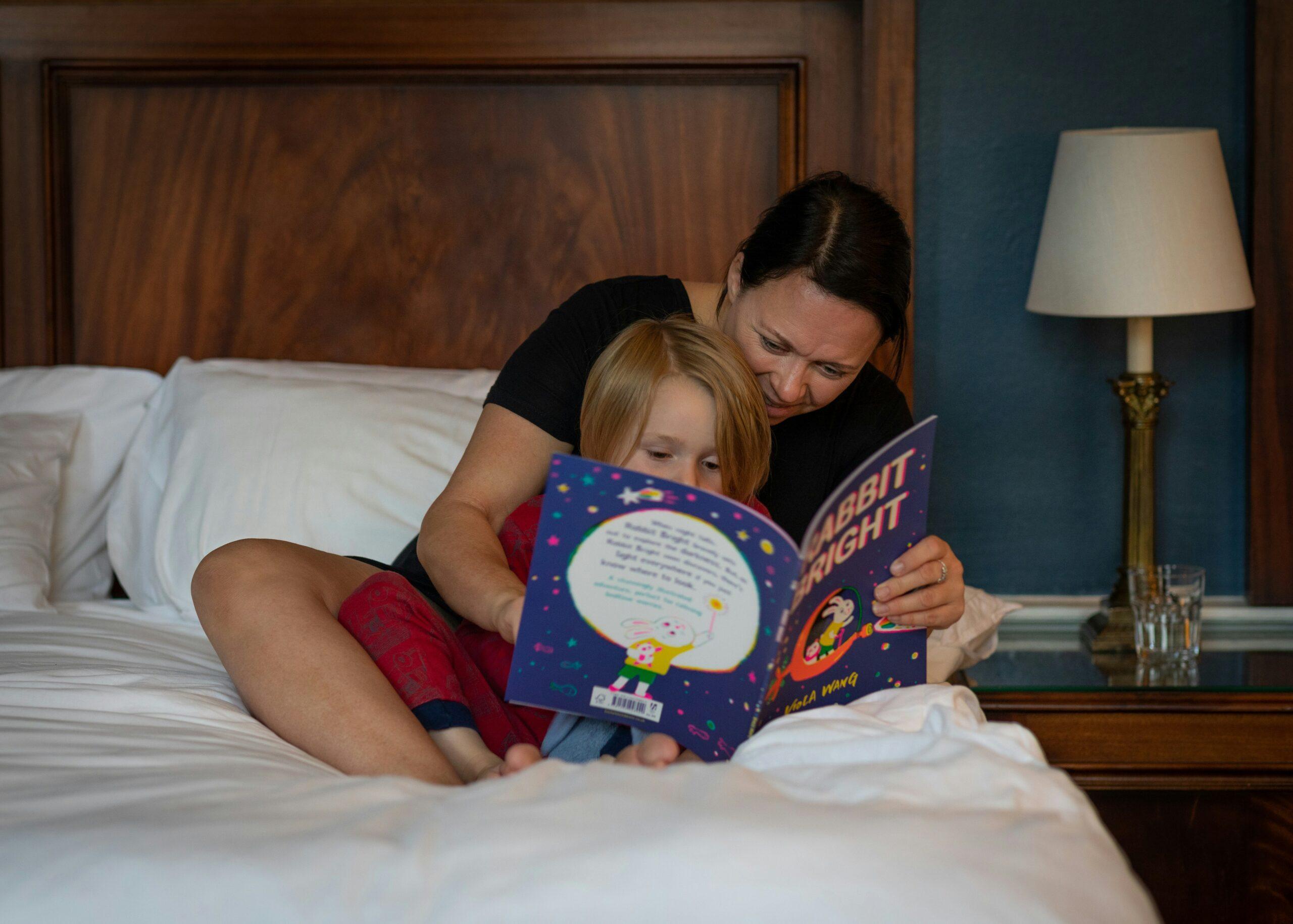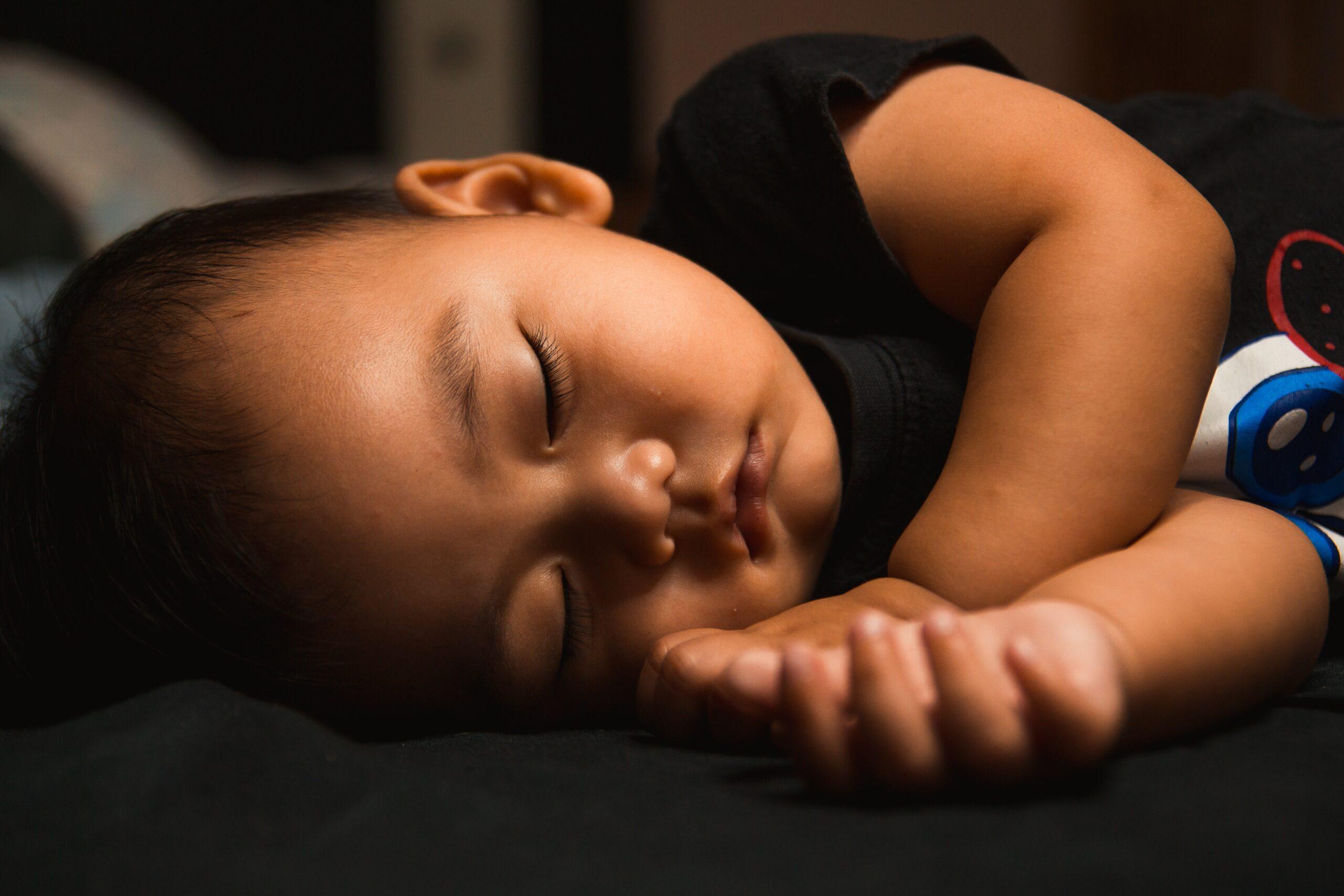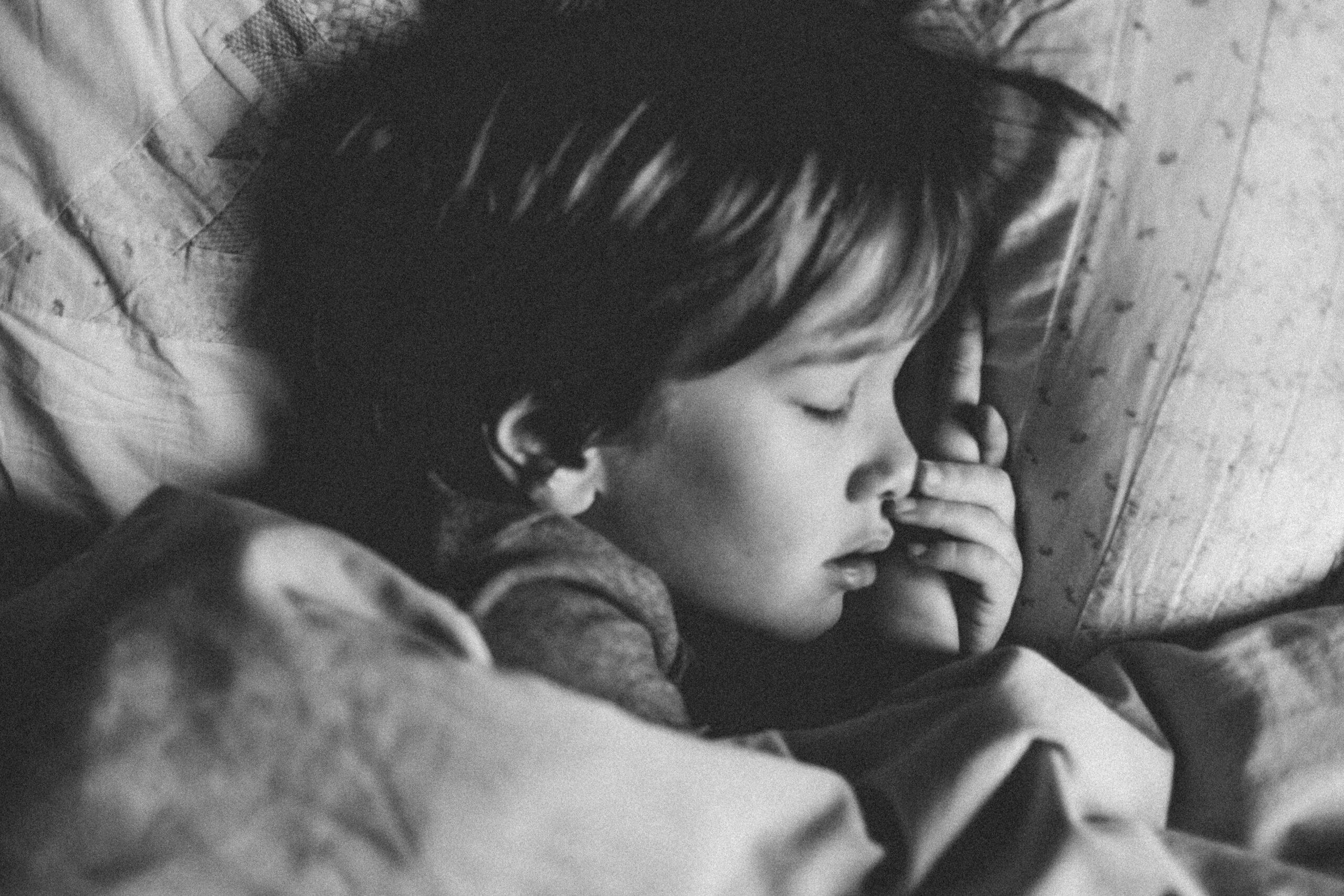A scream pierces the night air, and I instinctively jump out of bed to my feet. I race through the bedroom door and down the hallway to my youngest sons bedroom. I find Nate standing in the middle of his bed, screaming at the top of his lungs.
In my exhausted state, I respond ”Not again!”, as I kneel beside my son and try desperately to wrap my arms around him. Nate thrashes, punches, kicks and manages to scream even louder, which I hadn’t thought was possible. He’s not really awake, I remind myself as he continues to pummel me wildly. He strikes me with his small fists once again and I make a mental note not to let him play with heavy toys anymore. This little guy is strong enough.
Finally, after what feels like an eternity, Nate relaxes in my arms. His screaming is replaced by quiet sobs, and then by the familiar sounds of normal sleep. I continue holding him, gently rocking back and forth until I’m certain he is sleeping soundly. I tenderly lay Nate back down on his bed and tuck him in, hopefully for the remainder of the night. Much as his two older brothers had done years ago, Nate has endured a night terror.
My husband and I first learned of night terrors about five years ago. Ryan, our oldest son, started having them when he was 2 years old. By the time he was age 3, the terrors had passed, but each and every one of those sleep-deprived nights probably added at least one gray hair to my head and oftentimes more. It was with Ryan that we discovered the difference between a night terror and a nightmare.
Children between the ages of 2 and 6 learn to cope with the world around them by dreaming. I was amazed to find out that dreaming is a learned ability. For some children the transition is smooth, whereas for others it can be pretty traumatic not for the children, but for the parents who manage to survive the process. At least when nightmares awaken your child, you can explain to them that its not real. With night terrors, however, children don’t wake up during their episodes. It’s similar to sleep walking only much louder. So no amount of explanation can help children, or us, the parents, during those hours of the night that are supposed to be filled with angelic, quietly snoozing toddlers. And just like with sleep walkers, you have to be careful not to wake people with night terrors while at the same time making sure they don’t hurt themselves or anyone else.
Yet, by morning, people who have endured a night terror won’t even remember what has happened, making the experience less traumatic to them than nightmares.
When Ryan went through his night terrors, I had the honor of becoming a barrel. Yep. You read that right. I became a padded, humming barrel. When Ryan would have his episodes, he didn’t want to be touched, but he didn’t want to be left alone. He wouldn’t want me to talk soothingly to him, but he didn’t want it quiet. Meanwhile, he would flail around so much that I feared he would accidentally hurt himself. Alas, humming, I would sit on Ryans bed with the bottoms of my feet together. I’d plop him in the middle of my legs, then lacing my fingers together I would loosely encircle Ryan. This enabled my son to feel secure and still thrash around all he needed without me having to worry about him getting hurt. I, on the other hand, got several bruises out of the deal.
In my initial research of these horrors, I found that about one in four children have night terrors. Of kids who have night terrors, three out of every four children are boys. That means that a young boy has an 18 percent chance of having night terrors and a young girl has about a 6 percent chance. The odds sounded promising.
I have since read online that night terrors may be connected to genetics. But, aside from my children, no one in my husbands or my family has ever admitted to having the terrors. Because of this, I think its safe to say that percentages and odds dont mean a heck of a lot if you happen to fall into the minority as my family has.
After Ryan outgrew the terrors, my husband and I figured we had a decent chance percentage-wise of not having to deal with the daily and nightly struggles of soothing a sleeping, screeching child. We were wrong. Our second child was also a boy. Chris, now age 6, began having night terrors at around 3 years old. Fortunately, his night terrors only lasted a couple of months. During Chris’s term, we discovered that sometimes being overheated could cause a fit. Also, by either sitting with Chris outside or moving him to a cooler room, we could shorten the duration of his bouts of howling and bashing. According to the Internet’s Wikipedia, two other possible triggers of night terrors are stress and a high fever.
Now, several years later, nightly outbursts are again affecting our family as Nate, our third child, is having terrors. I’m considering starting a daily journal of foods and events to see if I can track down what may be triggering Nate’s fits. In the meantime, I force myself to remember that my two older sons outgrew this stage, and Nate should as well.
I have also read that night terrors don’t usually last longer than 30 minutes. Of course, my children have had terrors that have spanned 40 minutes. There were nights with the older kids when I would sit there rocking them as they bawled uncontrollably, tears streaming down my own face, feeling helpless about it all. There have also been nights when concerned little Ryan, having no memory of his own experiences, would sit on the bed next to me and his terrorized brother Chris, asking questions about what was occurring: Why is he crying mommy? Why is Chris sleeping if his eyes are open? Does he have a boo-boo, Mommy? Can I help make him better?
These days, as I look at my 1-year-old daughter, I wonder if she too will have to endure night terrors. Thats when I realize, even if she does have a hard time adjusting to the new dimensions dreaming will introduce, she will survive just fine just like my three boys have. She’ll manage just like her father and I will. Whatever happens, I’ll keep my daughter safe. I will remain there with my daughter during those moments that I deeply believe no parent should have to be subjected. She’ll know, somewhere in her subconscious, that shes not alone.
But for now, I’ll color pictures, stack blocks and play with toy figurines alongside my little angels. These are the things that spur my smiles and help me through the moments of chaos and insanity. I will encourage as many of these happy moments as I can.
Of course, some decent sleep and maybe coloring my hair can be added to that list of happy moments. A little mommy time makes a world of difference, especially when it comes to facing the possibility of night terrors.
For further information on night terrors, explore these links:




